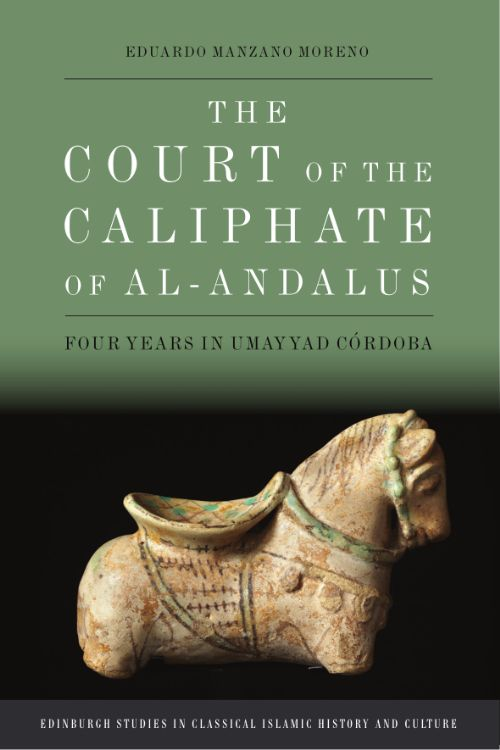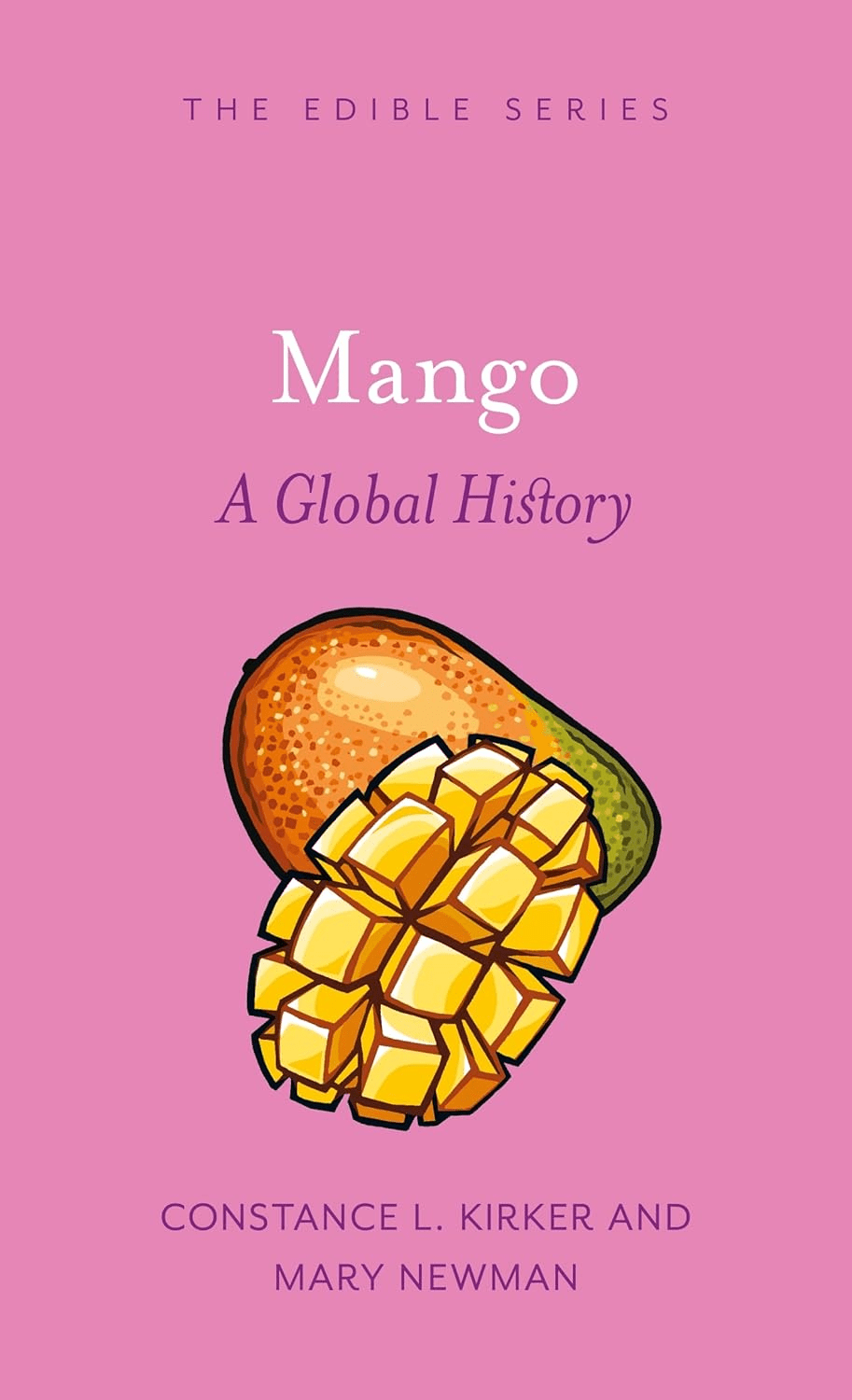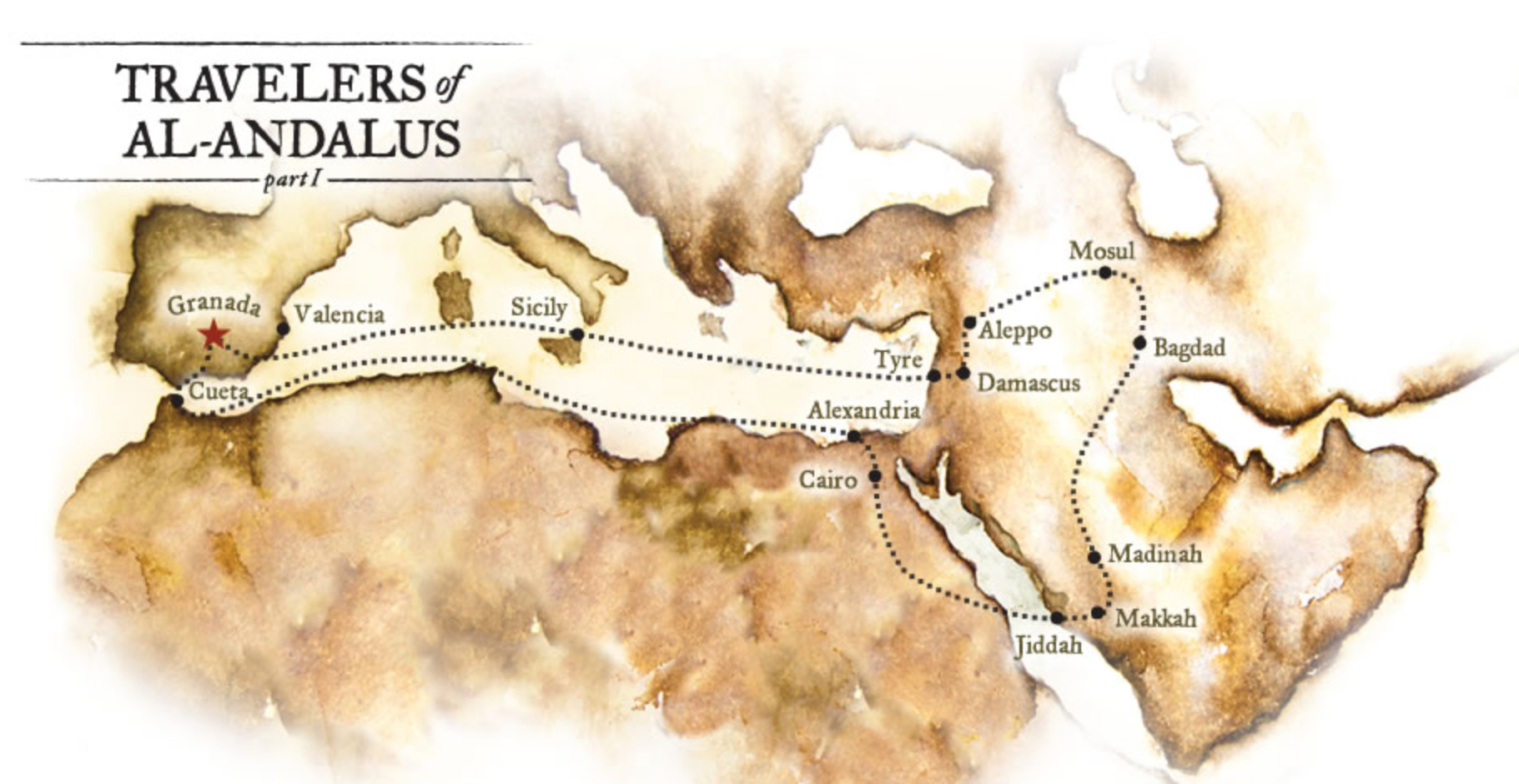
New Perspective Offered in The Court of the Caliphate of al-Andalus — Our Book Review
Robert W. Lebling
The Court of the Caliphate of al-Andalus: Four Years in Umayyad Córdoba
Eduardo Manzano Moreno. Tr. Jeremy Roe. Edinburgh University Press, 2023.
“As an eye-witness account, these ‘annals’ are like a burst of light revealing day-to-day life during the caliphate and the people who thrived at that time.”
The Court of the Caliphate of al-Andalus, by Spanish historian Eduardo Manzano Moreno, an expert on Islamic Spain, paints a vivid picture of the court of the Umayyad Caliphate of Córdoba. In the 10th century CE, Córdoba enjoyed its Golden Age under al-Hakam II, son of ‘Abd al-Rahman III, the Umayyad emir who in 929 CE transformed al-Andalus into a caliphate for nearly 150 years, due to “the internal peace and widespread prosperity” found throughout. Córdoba, seat of the caliphate, reached its zenith under al-Hakam II, who reigned for 15 years, between 961 CE-976 CE. As impressive as al-Hakam II’s resume was—he expanded Córdoba’s main mosque, the fortress-palace of Madinat al-Zahra and its caliphal library—few records beyond the court records of Umayyad court scribe ‘Isa ibn Ahmad al-Razi exist, Reports on the Kings of Spain, the contemporaneous 130-folio chronicle written in Arabic on which this work relies. Moreno masterfully gives life to al-Razi’s observations of Córdoba. He adroitly picks up on the nuances of al-Razi’s anecdotal evidence that otherwise may escape a reader. Nearly lost for 900 years, till their discovery in the late 1800s, these annals reveal in detail the ruling Umayyad court in Córdoba from 971 CE–975 CE. Al-Razi’s observations of al-Hakam II’s reign, later reproduced in detail by 10th-century-CE al-Andalus historian Ibn Hayyan in his Muqtabis, a compilation of historical accounts, open a rare window into life of Islamic Spain under the Umayyads.
More From AramcoWorld
Travelers of Al-Andalus, Part 1: The Travel Writer Ibn Jubayr
You may also be interested in...
.png?cx=0.45&cy=0.59&cw=382&ch=519.4922937443337)
New Book Decodes Mystery Behind Sixth Century Mosaic Pavement
Jane Chick’s 2024 study on enigmatic Libyan mosaic bridges Late Antiquity Roman and early ecclesiastical art.
Book ‘s Take on Mangos Serves Up a Curious Mix of Food and History
Constance L. Kirker and Mary Newman trace mango’s cultural and culinary significance around the world.
